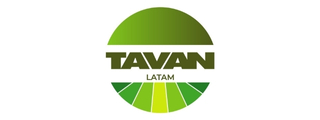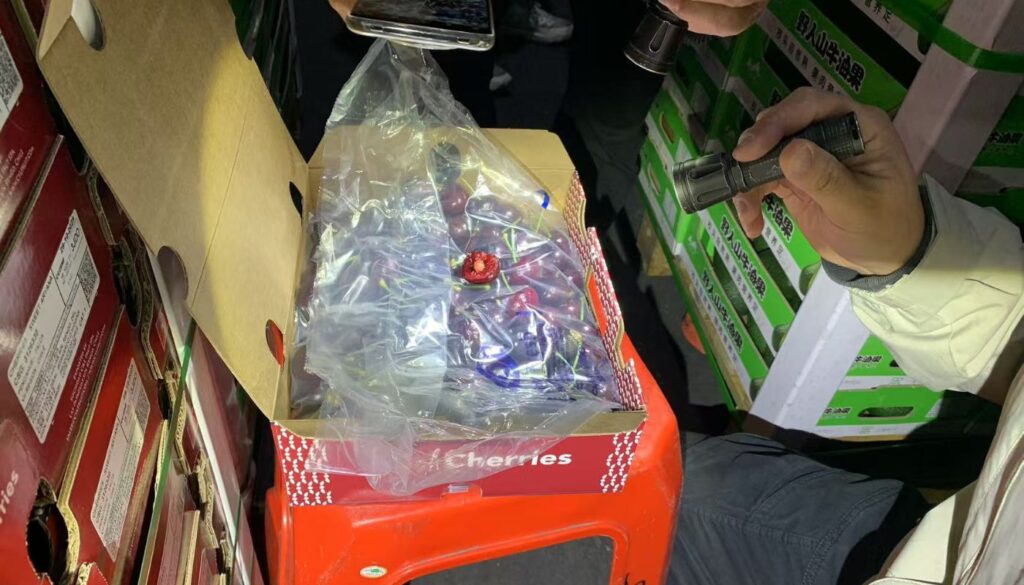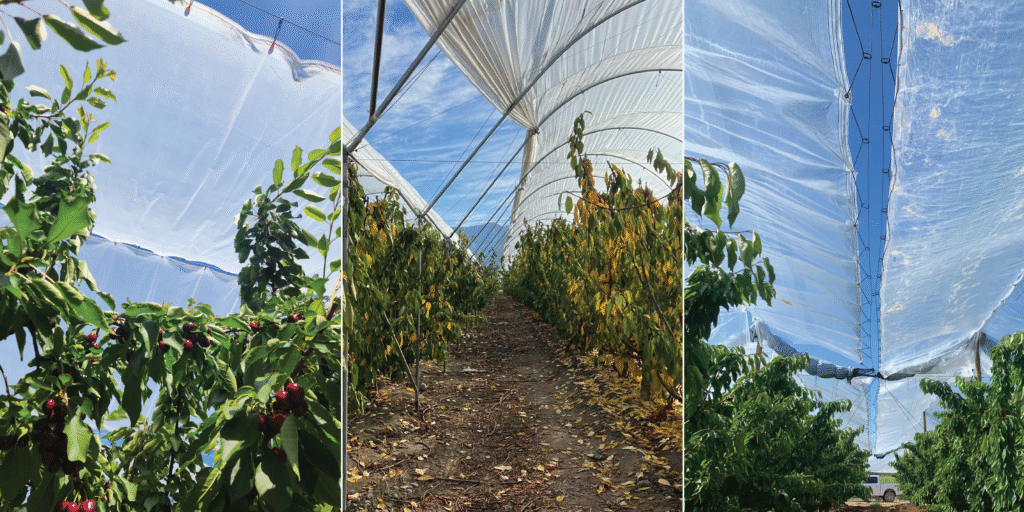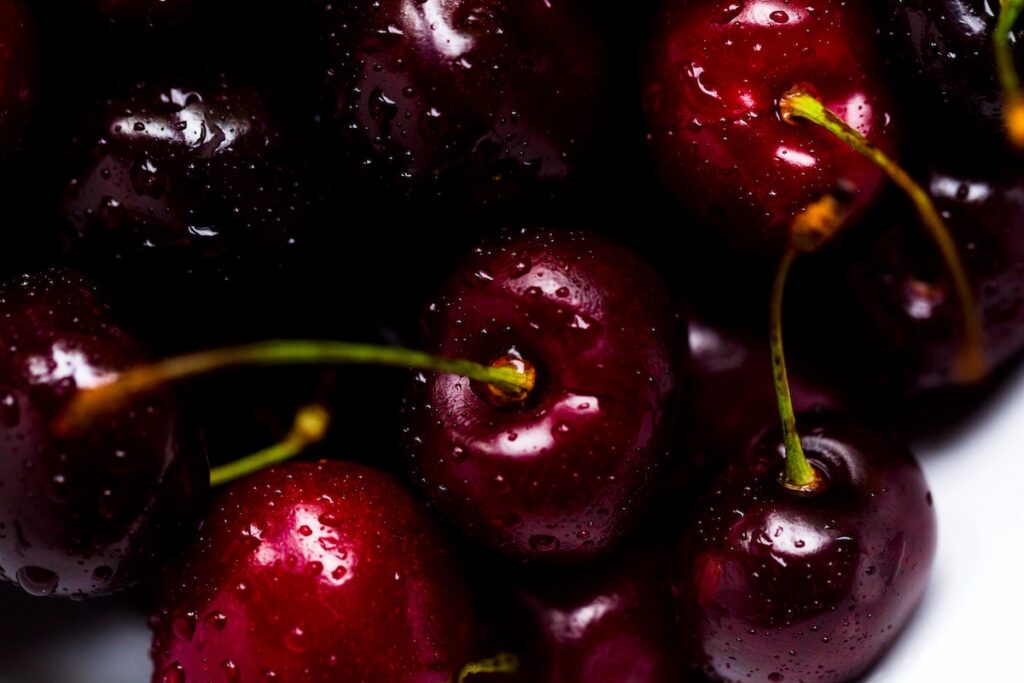The appearance of fungi and bacteria in cherry trees is a problem that affects the health and performance of these trees. To understand the causes and find effective solutions, we spoke with José Ignacio Tagle, from the central-southern region of Tavan Chile, who gives us strategies to deal with this situation.
What are the main causes of wood fungus and bacteria appearing on cherry trees and how do they affect the health of the tree?
“These pathogens spread very quickly and easily, either through pruning debris, pruning materials, or predisposing environmental conditions, such as wind, frost and rain, since these environmental phenomena greatly facilitate the transfer of pathogens from one plant to another and within the same plant.
Another key factor in the appearance of these pathogens has to do with the condition of the plants. Those that have not suffered abiotic or biotic stress resist the attack of these microorganisms better, since by being in good condition they keep their self-defense system active. Therefore, it is key to keep the orchards in optimal conditions, so that our plants do not weaken and run the risk of being affected by these pathogens.
When any of these unwanted microorganisms enter the plant, a process of external and soon internal colonization of the vascular tissues begins, which causes death of the tissues and conductive bundles which are of vital importance for the correct functioning of the plant. These pathogens can be so aggressive that they can cause death of fruit centers, twigs and branches, leading to the progressive death of the tree.
What are the most commonly used products or techniques for targeted cleaning of cankers caused by these pathogens?
“The techniques used over time have not changed much. On the other hand, today there are more alternative products that accompany this task. Basically, the affected tissue is cleaned by removing the affected area, that is, with a cutting element the infected tissue is cut and scraped until healthy tissue is reached.
After this, the new wound produced by this work can be painted or covered with some product with bactericidal-fungicidal action, either synthetic formulation or products based on living organisms which aim to colonize the exposed tissue.
On the other hand, products that activate defenses or reinforce cell walls are also incorporated into the same paint."
What alternative canker cleaning methods would you recommend to control the spread of these fungi and bacteria on cherry trees?
“As Tavan, we have been working for some time on the application of the WERT 2% product to the affected area using a back pump.
This technique has been very well received, as it makes the application much easier. As WERT is a product specially designed to be absorbed by wood, there is no need to remove the wounds caused by these pathogens.”
What are the advantages of this?
“This has several advantages over other techniques. On the one hand, the work is done much faster, since we will not need extra time to cut infected tissue to reach healthy tissue.
In the case of cankers that have a very large portion of “rubber”, they can be removed by hand or with an object that acts as a “lever” for easy detachment and thus facilitate the correct absorption of the product.
On the other hand, the scraping technique can be counterproductive in trees that are severely affected, since the weak plant will be "forced" to heal and regenerate tissue from the new wound produced by this task, which means an extra expenditure of energy.
In very weakened plants, the scraping technique can often be fatal, with “the cure being worse than the disease”. For this reason, we recommend, if possible, not to perform this task, which is often very debilitating for the plants.
Are there any preventative measures that can be taken to prevent wood fungus and bacteria from appearing on cherry trees in the first place?
“Nowadays, there are many effective alternatives for these purposes. Some cultural measures include disinfecting pruning materials, removing pruning remains that can be a breeding ground for diseases, protecting pruning cuts, and staying away from ornamental, native, or forest tree plantations that can naturally host these pathogens.
It is also very important to carry out correct nutritional and water management, weed control, and control of unwanted insects, all of this complemented by the application of antifungal, antibacterial and defense-activating products as a preventive measure to keep the orchards protected from these microorganisms.”
When is the best time to clean the stumps of cherry trees affected by these pathogens and what precautions should be taken during the process?
“Normally, these tasks are carried out during periods of lower metabolic activity in plants, that is, from autumn to winter. For the same reason, if any intervention is carried out on the tree, it is very important to thoroughly disinfect the material being used and to completely cover the area of the tree in which the intervention is being carried out. At the same time, any remains of extracted tissue must be removed, as they could be a source of inoculum for the plants.”
Do you need technical advice? Contact our regional representatives here: https://tavan.cl/contacto/








